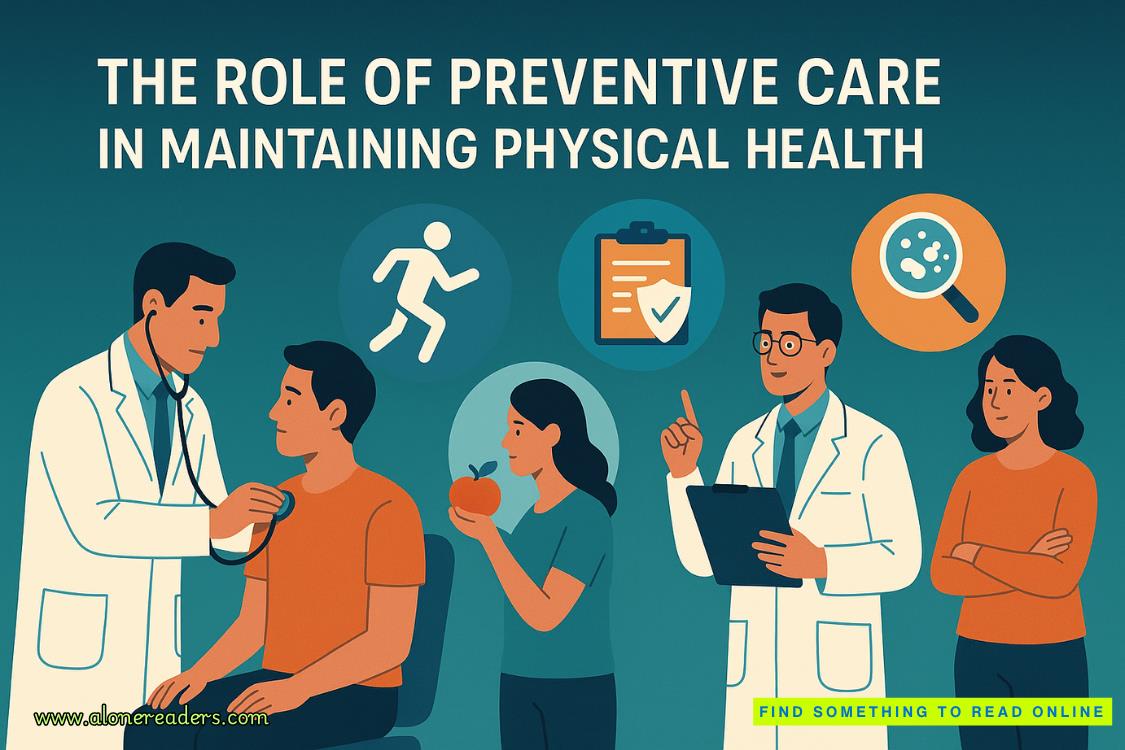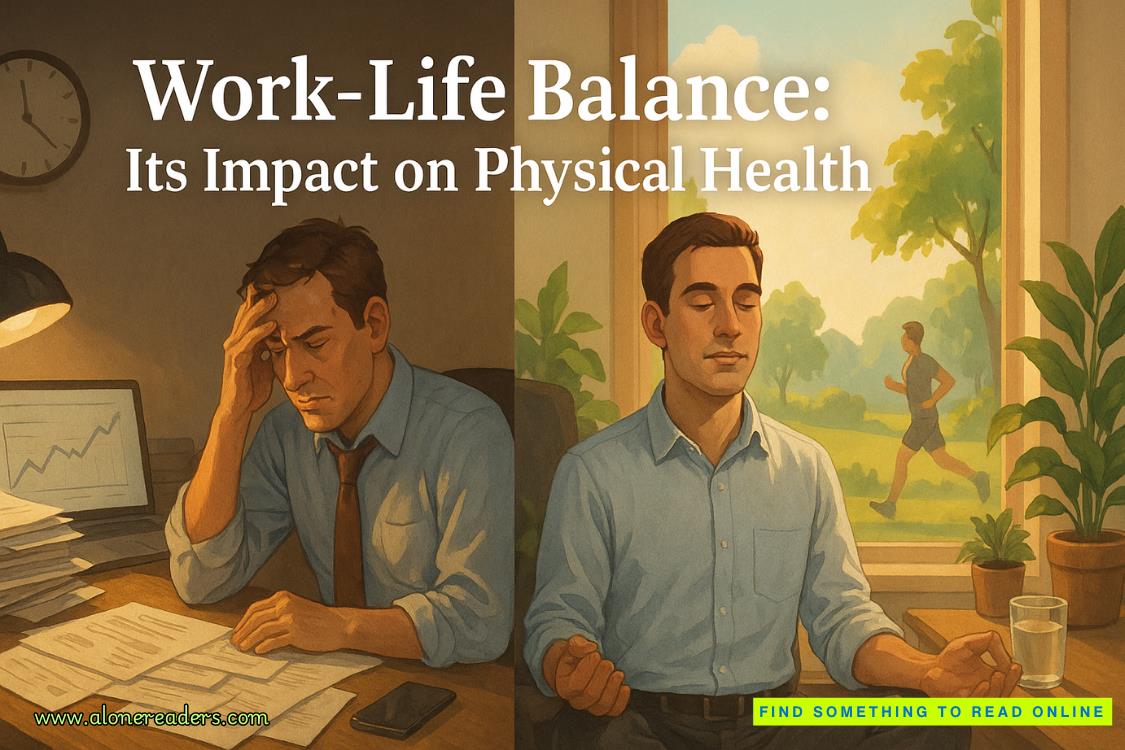Jan looked at him, then at the TV. “Oh my God! How awful!”
“They’re animals out there,” Badde said, then was quiet a moment. “Hell, look at the silver lining. At this rate, the outcry over all these killings might get so bad that Carlucci resigns and I get appointed to take his place.”
Jan looked at him. “Don’t hold your breath.”
Badde gestured at the massive three-ring binder thick with loose-leaf pages at her elbow. Its cover had in black block lettering the title PHILADELPHIA ECONOMIC GENTRIFICATION INITIATIVE.
“When are we supposed to get the second wave of fed funds for PEGI?” Badde asked, pronouncing the acronym “Peggy.”
PEGI was a special program devised by the Housing and Urban Development Committee, one of dozens of such committees of the Philadelphia City Council. The city council had seventeen members: ten elected in their respective districts, the remainder elected at large in the interest of balanced racial representation. The seventeen chose a council president from among themselves, and the president then decided which council members would serve on which committees.
As the number of committees far exceeded the number of council members, it was common for the president to appoint each member to six or eight committees, occasionally even more.
Ask any council member, though, and they’d quietly admit that the sheer workload of serving on just one damn committee was daunting; serving on many others became a logistical impossibility. Thus, it was common for council members simply to choose a favorite committee and pay only lip service to all the others to which they’d been appointed.
Not surprisingly, any oversight by fellow council members within the committees was replaced by an unspoken agreement: You pay attention to the business of your committee, and I’ll pay attention to mine.
In other words: Mind your own goddamn business.
And so the chairman of each committee more or less had free rein. He or she completely controlled the committee’s dealings with commerce in and out of City Hall, the letting of contracts, the hiring of vendors, and so on. It actually proved to be an efficient model in the sense that it avoided the frustrating back-and-forth process of committee decision-making. Instead, the chairman made a decision and—voilà!—it was done without further debate.
To the City of Philadelphia Housing and Urban Development
Committee, the president of the city council appointed City Councilman (At Large) H. Rapp Badde, Jr., as its chairman.
HUD chairman Badde, upon returning from an urban-renewal conference in Bermuda, conceived the Philadelphia Economic Gentrification Initiative. He then funded the special program with a modest fifty thousand dollars from HUD’s “exploratory” budget line—all of it federal monies—and immediately entered into an open-term vendor contract (thereby avoiding a lengthy low-bidder selection process) with Commonwealth Law Center LLP of Philadelphia.
The law firm, its practice heavily vested in real estate law, would assist Chairman Badde and his committee—in effect, only Badde and his executive assistant—in the exploratory steps for two major gentrification projects: Volks Haus and Diamond Development.
The latter created what was termed “a multipurpose professional entertainment venue.” It would be an indoor coliseum with a retractable roof and convertible flooring. It could house sixty thousand fans of everything from sports (football, basketball, hockey, soccer, motocross racing, et cetera) to music concerts. It was planned to be built just west of Interstate 95 in the upper end of Northern Liberties. Thus, it would displace thousands of residents in order to demolish a vast chunk of city.
The former, Volks Haus, was to serve as one solution for the relocation of those residents. The “People’s House” would be low-income housing constructed on ten square blocks a few miles to the west, in the Fairmount area, reclaiming what Chairman Badde called “a damned unsightly black hole of money-losing federal government property”—otherwise known as the Eastern State Penitentiary, which happened to be a United States Natural Historic Landmark smack dab in the middle of a struggling residential neighborhood.
The exploratory process was completed within twenty-four hours—although on paper the period was listed as three months—and two minority-owned construction firms were awarded contracts conditioned on federal dollars fully funding PEGI and the completion of the eminent-domain process.
Janelle Harper looked over the upper rim of her Gucci eyeglasses at Rapp Badde.
She said, “Those additional fed monies, I was told, after I finally got my calls returned from Commonwealth—”
Badde interrupted. “Why can’t you just say her name?” He paused and shrugged, and with a weak smile said, “Wanda’s not that bad.”
“Why? I’ll tell you why: Because your wife treats me like your little girlfriend—actually, sometimes more like your little ‘ho’—and not like your goddamned executive assistant.” She pulled at the spandex at her hips, adjusting it, then added, “I’m damned tired of it. She’s not the only one with a law degree from Beasley.”
Temple University, and its Beasley School of Law, was a couple miles west of the condo tower, on North Broad.
Jan met Rapp’s eyes and said, “She needs to be your ex-wife.”
Badde suddenly sat up, almost spilling his coffee.
“Are you kidding?” he said, his voice almost squeaking. “Do you know what the hell that would cost me? I mean, not only in money. I’d lose political capital, too!”
“So? You don’t want to do right by me? Make me an honest woman?”
“Yes! I mean, no!”
Jan put her hands on her hips and cocked her head. “Well, which is it?”
He sighed. “It’s not that simple, honey.”















